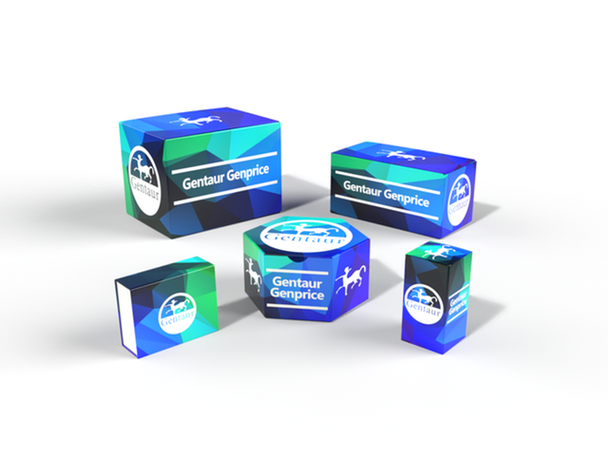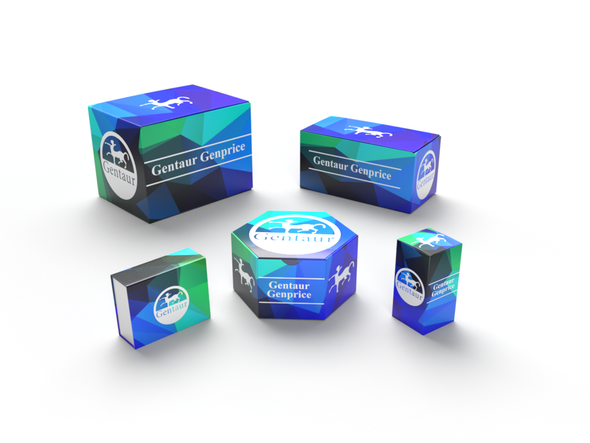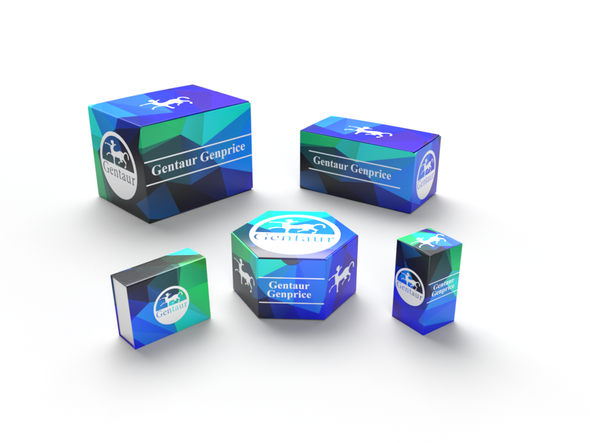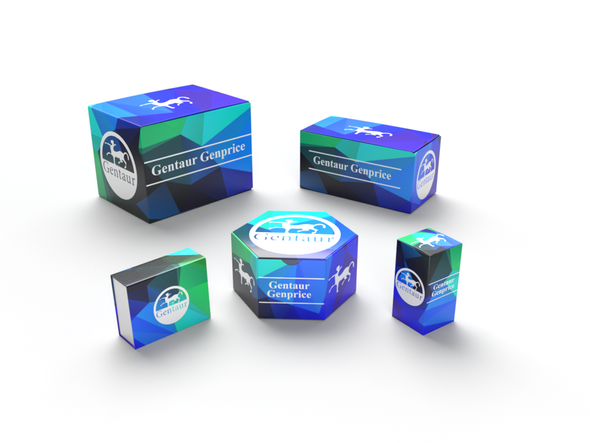Description
ABCG2 Antibody | 19-779 | Gentaur UK, US & Europe Distribution
Host: Rabbit
Reactivity: Human, Mouse, Rat, Monkey
Homology: N/A
Immunogen: Recombinant fusion protein containing a sequence corresponding to amino acids 260-395 of human ABCG2 (NP_004818.2) .
Research Area: Cancer, Immunology, Neuroscience, Signal Transduction, Stem Cell
Tested Application: WB, IF
Application: WB: 1:500 - 1:2000
IF: 1:50 - 1:100
Specificiy: N/A
Positive Control 1: COS-7
Positive Control 2: A-549
Positive Control 3: Mouse liver
Positive Control 4: Mouse spleen
Positive Control 5: Rat kidney
Positive Control 6: N/A
Molecular Weight: Observed: 72kDa
Validation: N/A
Isoform: N/A
Purification: Affinity purification
Clonality: Polyclonal
Clone: N/A
Isotype: IgG
Conjugate: Unconjugated
Physical State: Liquid
Buffer: PBS with 0.02% sodium azide, 50% glycerol, pH7.3.
Concentration: N/A
Storage Condition: Store at -20˚C. Avoid freeze / thaw cycles.
Alternate Name: ABCG2, ATP-binding cassette, sub-family G (WHITE) , member 2, ABC15, ABCP, BCRP, BCRP1, BMDP, CD338, CDw338, EST157481, GOUT1, MRX, MXR, MXR1, UAQTL1, ABC transporter, ATP-binding cassette sub-family G member 2, ATP-binding cassette transporter G2, breast
User Note: Optimal dilutions for each application to be determined by the researcher.
BACKGROUND: The membrane-associated protein encoded by this gene is included in the superfamily of ATP-binding cassette (ABC) transporters. ABC proteins transport various molecules across extra- and intra-cellular membranes. ABC genes are divided into seven distinct subfamilies (ABC1, MDR/TAP, MRP, ALD, OABP, GCN20, White) . This protein is a member of the White subfamily. Alternatively referred to as a breast cancer resistance protein, this protein functions as a xenobiotic transporter which may play a major role in multi-drug resistance. It likely serves as a cellular defense mechanism in response to mitoxantrone and anthracycline exposure. Significant expression of this protein has been observed in the placenta, which may suggest a potential role for this molecule in placenta tissue. Multiple transcript variants encoding different isoforms have been found for this gene.






